Introduction to Chinese Village Life
Chinese villages are the custodians of the nation’s cultural heritage, offering a stark contrast to the bustling urban centers that dominate global perceptions of China. These rural communities, home to millions, provide a window into traditions that have shaped Chinese society for millennia.
Understanding village life is crucial for anyone seeking to grasp the true essence of China. While cities showcase the country’s rapid modernization, villages reveal the deep-rooted values and customs that continue to influence Chinese culture.
The juxtaposition of ancient practices and encroaching modernity in these rural areas creates a fascinating tableau of a nation in transition, making Chinese village life a subject of both cultural and sociological significance.
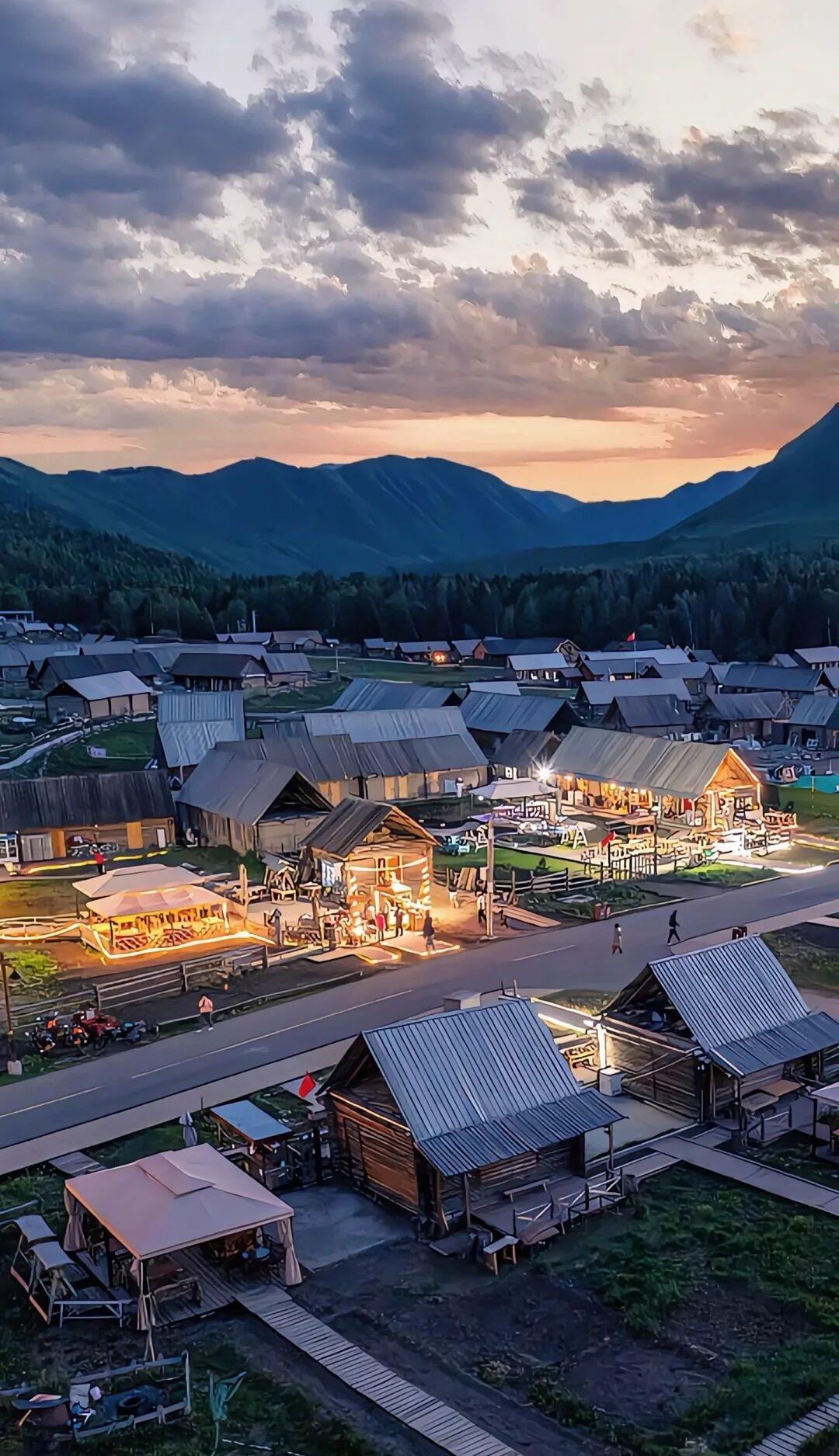
Daily Routines in Chinese Villages
The rhythm of life in Chinese villages is often dictated by the sun and the seasons. A typical day might unfold as follows:
- Dawn: Villagers rise early, often with the first light
- Morning: Tend to crops or livestock; prepare for market days
- Midday: Communal lunch, often followed by a short rest
- Afternoon: Continue farm work or engage in local crafts
- Evening: Family dinner and community gatherings
Agricultural practices vary by region and season. For instance, rice-growing villages in the south have different routines compared to wheat farmers in the north.
The influence of family and community remains strong, with many tasks performed collectively. However, modernization is gradually altering traditional routines, with some younger villagers commuting to nearby towns for work.
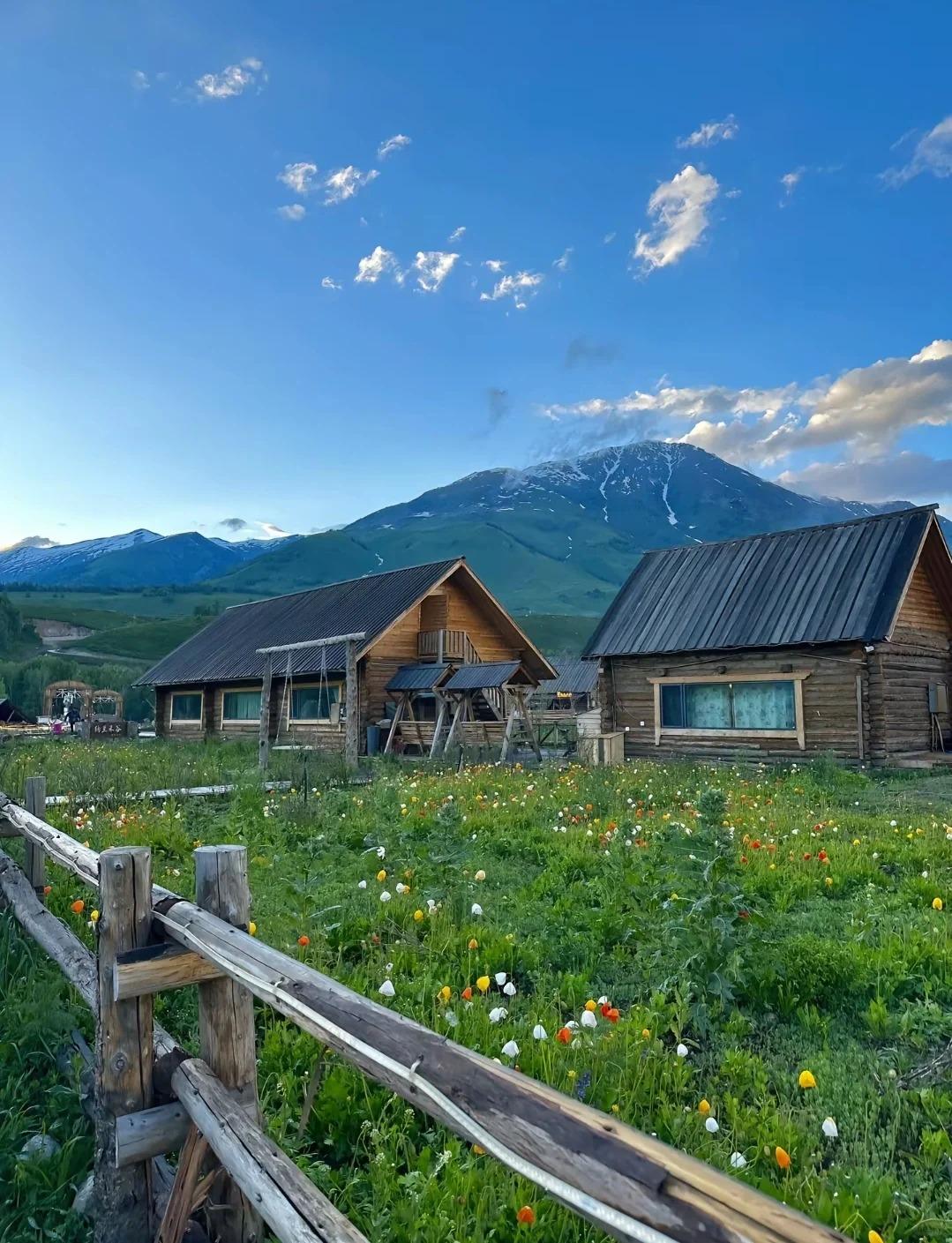
Social Structure and Family Dynamics
Chinese village society is traditionally built around extended family systems and clear hierarchies. Elders are highly respected and often play a crucial role in decision-making, both within families and the broader community.
Marriage customs, while evolving, still reflect traditional values:
- Matchmaking remains common, though less formal than in the past
- Wedding ceremonies blend ancient rituals with modern celebrations
- Multi-generational households are still prevalent, though less so than before
Community leadership often involves a mix of formal government structures and informal elder councils, balancing state directives with local customs.
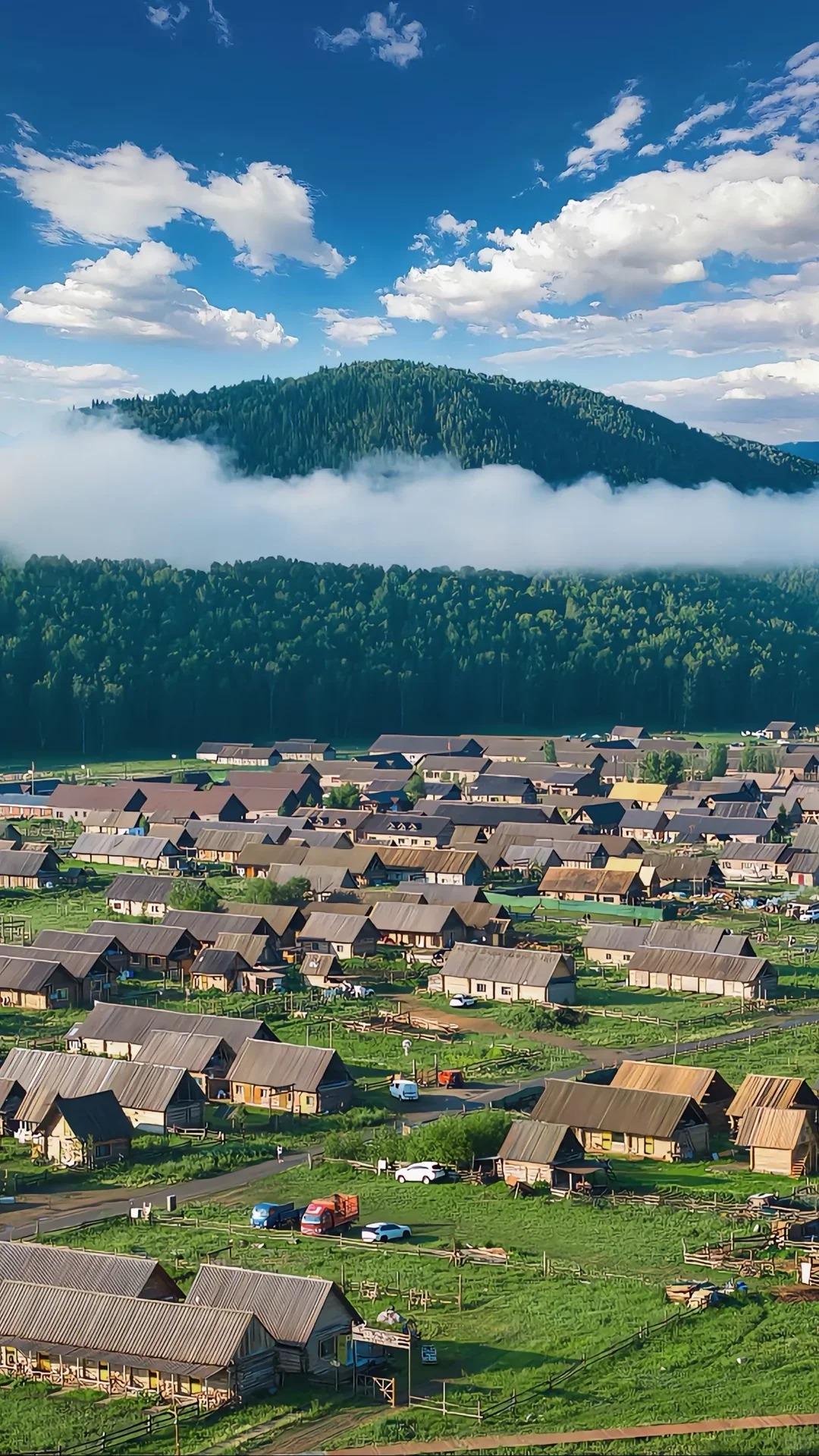
Traditional Customs and Festivals
Festivals punctuate village life, providing a rhythm to the year and strengthening community bonds. Key celebrations include:
| Festival | Timing | Key Activities |
|---|---|---|
| Spring Festival | Lunar New Year | Family reunions, temple visits, fireworks |
| Mid-Autumn Festival | 15th day of 8th lunar month | Moon-gazing, mooncake sharing |
| Qingming Festival | Early April | Ancestor tomb-sweeping, spring outings |
Local traditions and superstitions vary widely across regions, often intertwining with folk religions and ancestral worship. Many villages have their own patron deities and unique rituals.
Efforts to preserve intangible cultural heritage have intensified in recent years, with some villages becoming living museums of traditional practices.
Economic Activities in Chinese Villages
Agriculture remains the backbone of many village economies, with practices ranging from subsistence farming to large-scale cash crop production. Traditional methods often coexist with modern agricultural technologies.
Local crafts and industries provide supplementary income:
- Pottery in Jingdezhen, Jiangxi Province
- Paper-making in Anhui Province
- Silk production in Zhejiang Province
Rural-urban migration has significantly impacted village economies, with many working-age adults seeking opportunities in cities. This has led to the phenomenon of “left-behind” children and elderly.
In response, the government has initiated rural development programs, promoting agritourism and e-commerce to revitalize village economies.
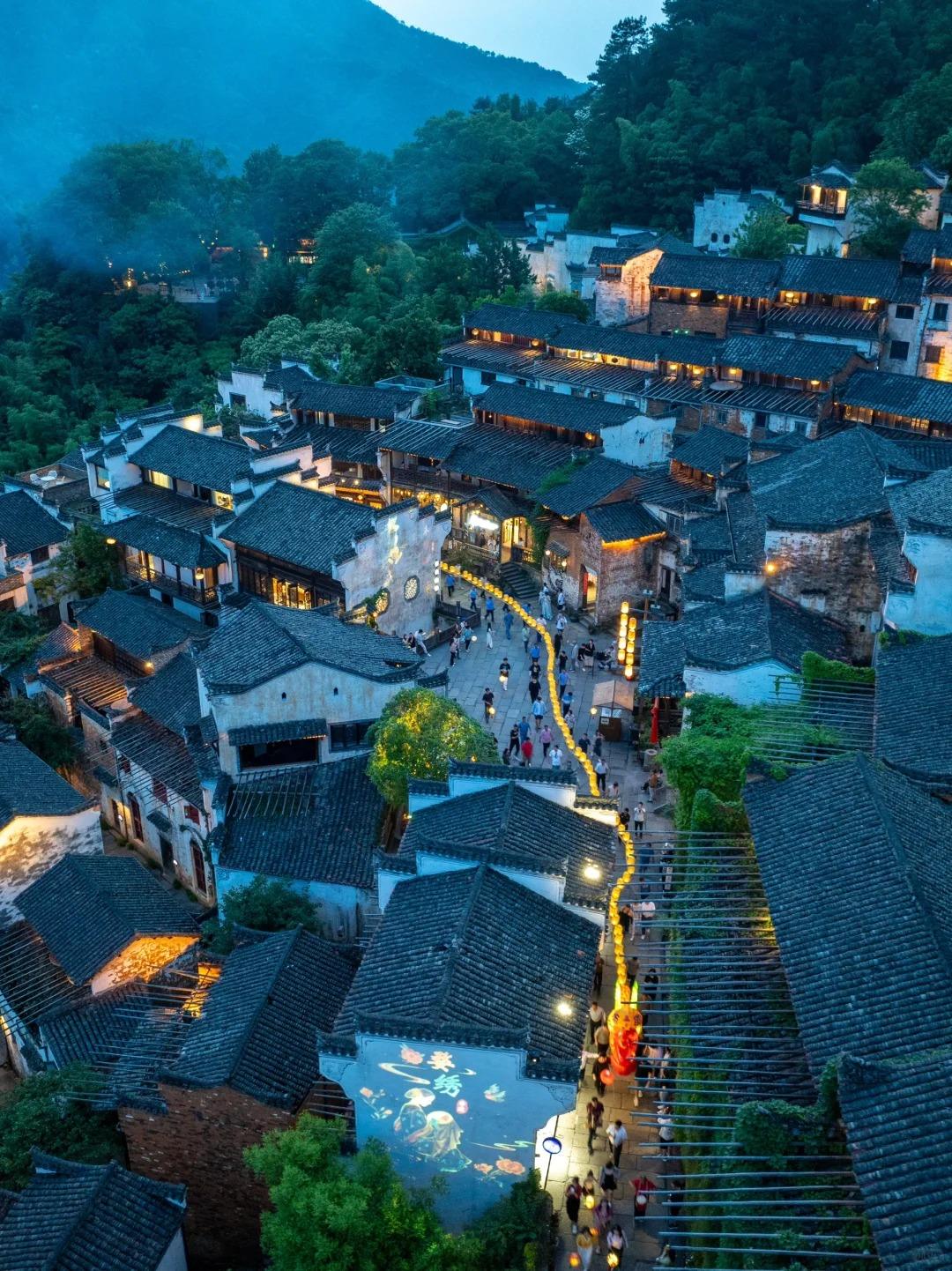
Education and Healthcare in Rural China
Education in Chinese villages has seen significant improvements, but challenges remain:
- Many villages now have primary schools, but students often travel to towns for secondary education
- Rural-urban education gap persists in terms of resources and quality
- “Left-behind” children face unique educational and emotional challenges
Healthcare presents a mixed picture:
- Traditional Chinese medicine remains popular and accessible
- Modern healthcare facilities are increasingly available but often understaffed
- Government initiatives aim to improve rural healthcare, including telemedicine programs
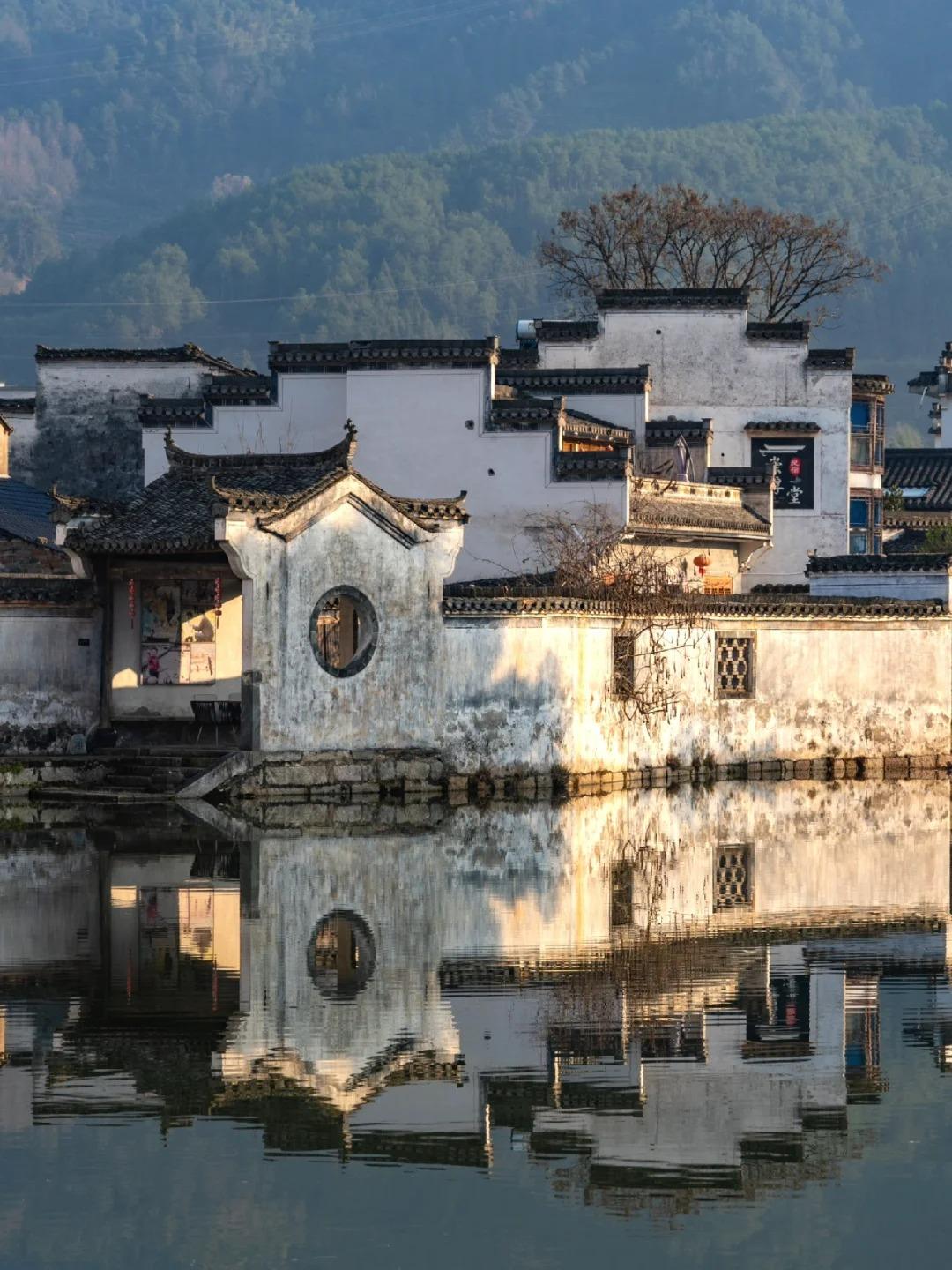
The Changing Face of Chinese Villages
Chinese villages are at a crossroads of tradition and modernity. Technology, particularly smartphones and internet access, has transformed communication and access to information.
Urbanization continues to draw young people away, changing village demographics. This exodus poses challenges for cultural continuity but also brings new ideas and resources back to rural areas.
Environmental issues, including water scarcity and soil degradation, are pressing concerns for many villages. Conservation efforts are increasingly important, with some communities pioneering eco-friendly farming practices.
The future of Chinese villages lies in finding a balance between preserving cultural heritage and embracing necessary modernization. As China continues its development journey, these rural communities will play a crucial role in maintaining the country’s cultural roots while adapting to a rapidly changing world.






